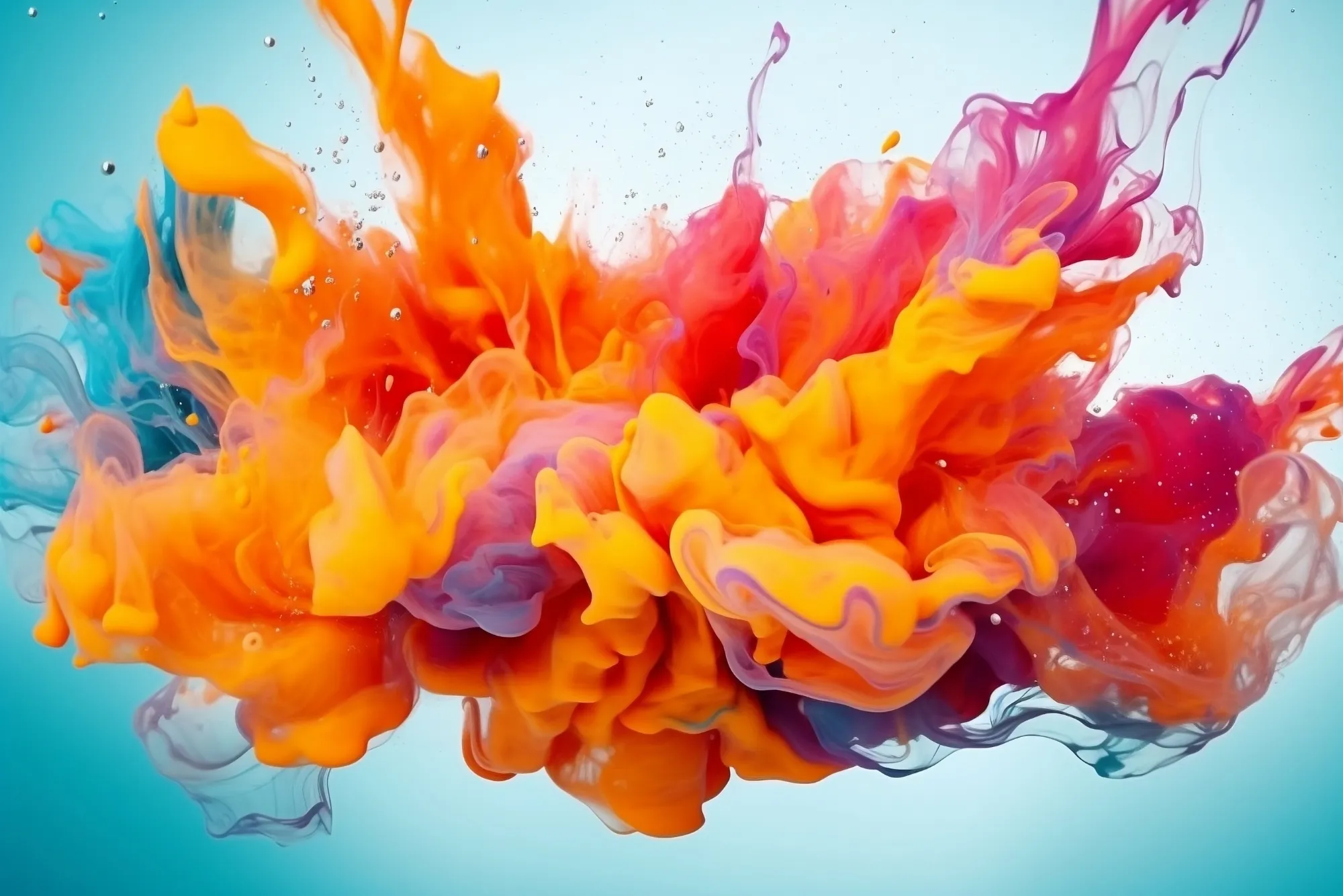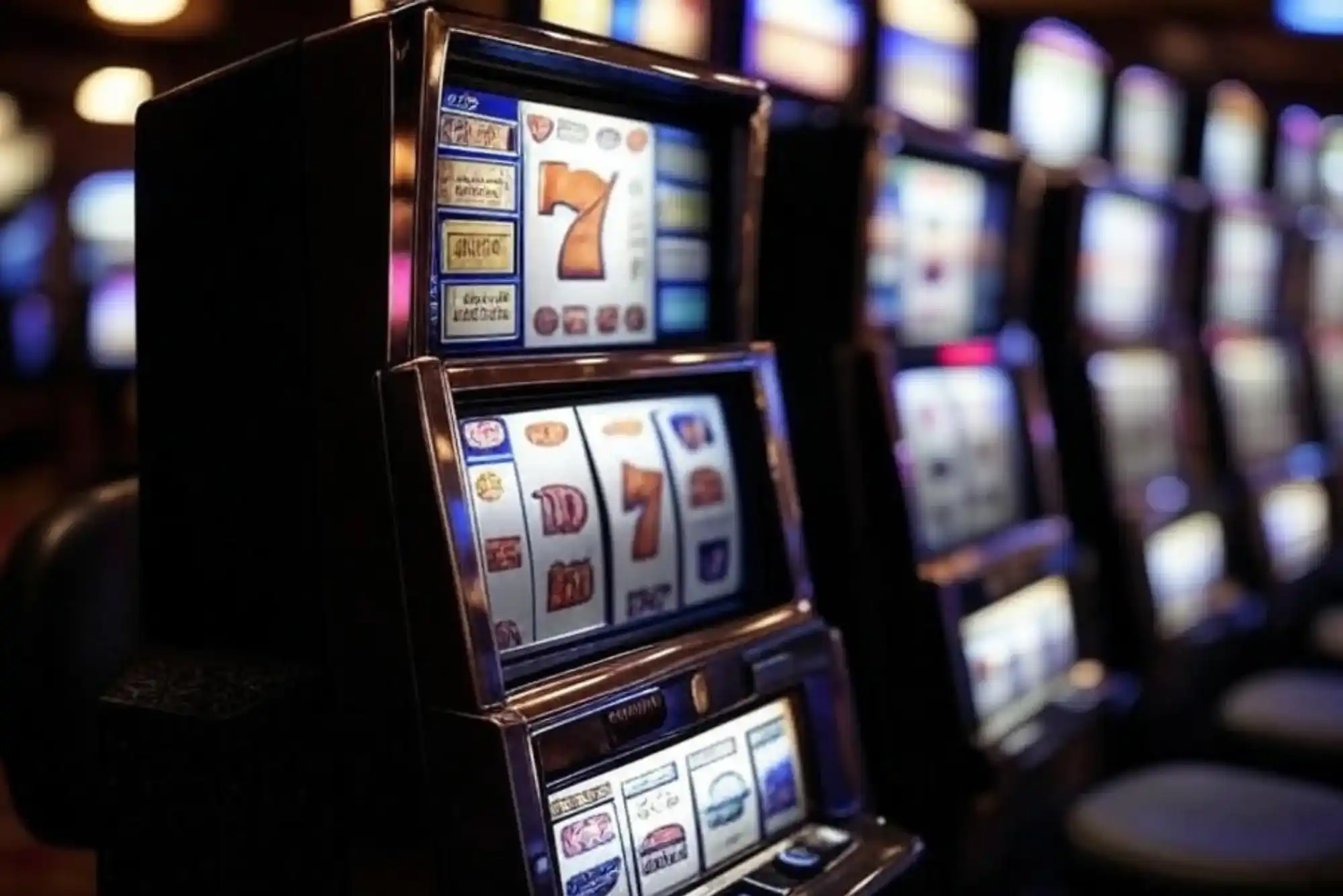Color is one of the most powerful tools in visual communication. It influences emotions, shapes perceptions, and drives engagement. Whether in branding, marketing, or digital media, the right color choices can create a lasting impression. Understanding color psychology, cultural significance, and practical applications is key to using colors effectively for maximum impact.
The Psychology of Color in Communication
Colors evoke emotions and influence decision-making. Red, for example, is associated with urgency, passion, and excitement, making it a common choice for sales promotions. Blue conveys trust and professionalism, which is why many financial institutions use it in their branding. Green symbolizes nature and sustainability, making it ideal for eco-friendly brands. Understanding these psychological effects helps businesses craft messages that resonate with their audience.
Cultural Significance of Colors
Colors can have different meanings across cultures. In Western countries, white represents purity and simplicity, while in some Asian cultures, it signifies mourning. Red is often associated with prosperity in China but can symbolize danger in other contexts. When using colors in global marketing, it’s essential to research cultural interpretations to avoid misunderstandings.
Using Colors in Branding for Stronger Identity
Brands use colors strategically to create recognition and loyalty. McDonald’s red and yellow evoke energy and hunger, while Apple’s minimalist black, silver, and white reinforce elegance and innovation. Companies must select colors that align with their values and audience expectations.
A well-designed brand identity integrates colors consistently across logos, packaging, websites, and advertisements. The right combination can make a brand memorable, while inconsistent color usage can dilute its impact.
Color Selection for Effective Marketing
Marketing campaigns leverage colors to attract attention and influence consumer behavior. Advertisements, social media posts, and website designs use contrasting colors to highlight key messages.
For example, call-to-action buttons often appear in high-contrast colors like orange or green to encourage clicks. Similarly, using complementary colors can enhance readability and engagement in promotional materials.
Colors in Digital Media and Website Design
Web design relies heavily on color harmony to create visually appealing and user-friendly experiences. The right color scheme improves readability, guides navigation, and enhances overall aesthetics.
Using an online map maker, designers can create interactive visuals with well-chosen color schemes. This ensures that maps and data visualizations remain clear and engaging for users. The ability to customize colors allows businesses to maintain brand consistency across digital assets.
The Role of Colors in Product Packaging
Packaging plays a crucial role in influencing purchasing decisions. Luxury brands use dark, elegant colors like black and gold to signify exclusivity, while fast-moving consumer goods opt for bright, eye-catching colors to stand out on shelves.
Color contrast, typography, and visual hierarchy ensure that essential information, such as ingredients or product benefits, remains visible and persuasive to consumers.
Color Trends and Sustainability
Sustainability efforts have influenced modern color trends. Many eco-conscious brands now use earthy tones like green, brown, and beige to highlight their commitment to the environment. Minimalist packaging with natural hues not only reduces ink usage but also aligns with the values of environmentally aware consumers.
Target Audience and Color Preferences
Different demographics respond to colors in unique ways. Younger audiences often prefer vibrant, energetic colors, while older consumers may be drawn to sophisticated, muted tones.
Gender-based preferences also impact color choices. While blue is universally appealing, certain shades of pink, purple, or gold may cater more to specific markets. Conducting audience research helps brands tailor their color palettes for maximum appeal.
Color Strategies for Luxury vs. Fast Fashion
Luxury fashion brands rely on timeless, elegant colors like black, navy, and metallic tones to convey exclusivity. They often use minimalistic designs to emphasize sophistication. In contrast, fast fashion brands use bold, trend-driven colors to attract younger consumers looking for affordable, stylish options.
Both approaches influence pricing strategies. Luxury brands maintain high price points by associating their colors with premium quality, while fast fashion companies use bright, eye-catching hues to drive frequent purchases at lower costs.
Financial Impact of Color Choices
The right color strategy directly affects sales and brand perception. Studies show that color can increase brand recognition by up to 80% and influence 85% of purchasing decisions. Businesses investing in professional color strategies often see higher engagement, stronger brand loyalty, and increased revenue.
Conclusion
Color is more than just a design element—it’s a critical factor in visual communication that shapes consumer perception and business success. By understanding color psychology, cultural significance, and marketing applications, brands can create powerful, visually appealing experiences that leave a lasting impact.








